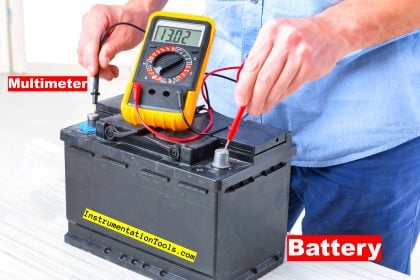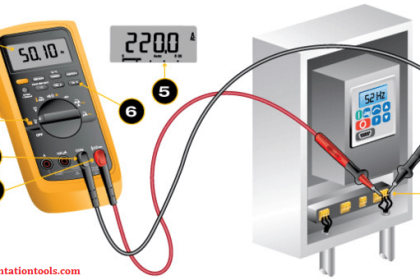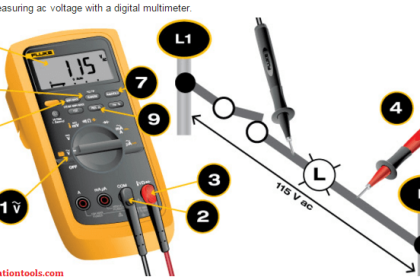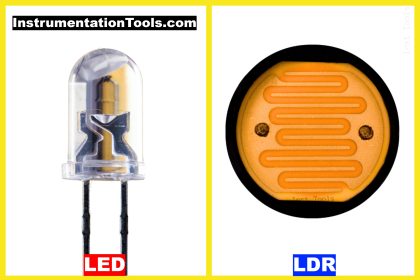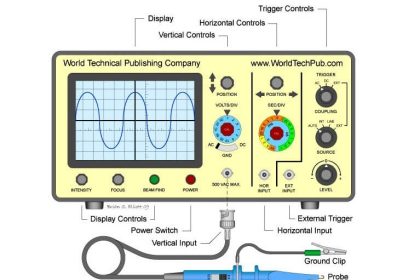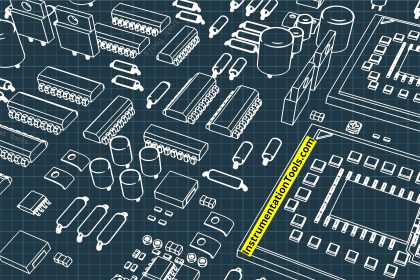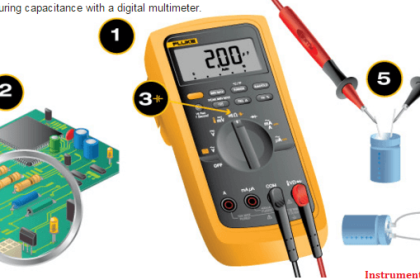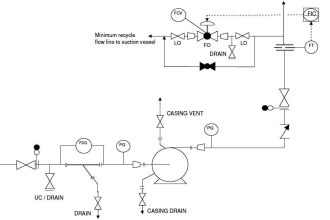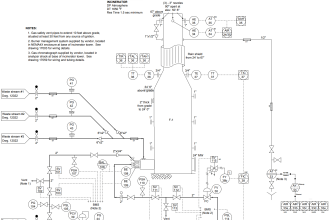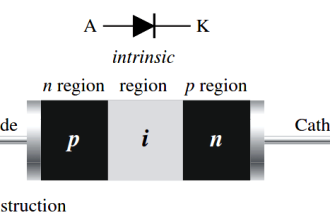There are such a vast number of semiconductor devices, that we mostly get confused as to what use they are used for. Some will produce electricity, while some will consume electricity to produce some other form of energy.
In the semiconductor world, there are two devices that sound similar but work differently – LDR and photodiode. They have many differences in it and newcomers always mix them up as the same ones. In this post, we will see the difference between LDR and photodiode.
What is a photodiode?
The photodiode is a semiconductor device that takes light energy as input and converts it into electrical energy as output. This is the basic working that is used in a solar cell, where it absorbs ultraviolet solar rays and converts them into electrical current.
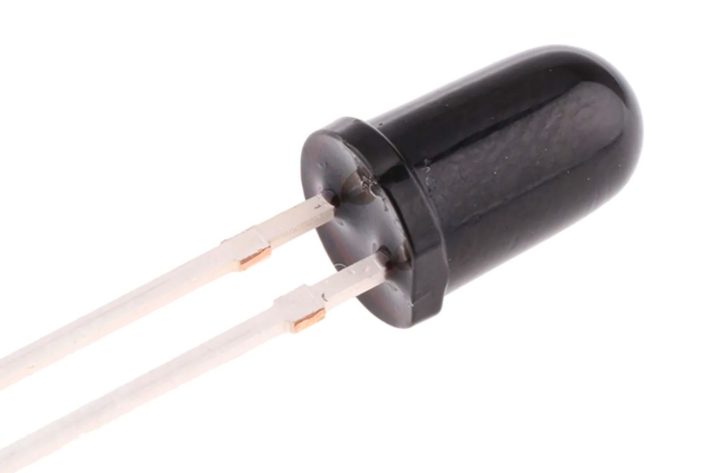
Photodiode works on the principle of reverse bias condition. What is reverse bias? Every semiconductor has a p-n junction. In the reverse bias condition, p (positive) is connected to the negative terminal of a power input, and n (negative) is connected to the positive terminal of a power input. The p-layer has holes and the n-layer has electrons.
Between both the junctions, there is a small depletion layer where both the holes and electrons are of minimum quantity. When light strikes this layer, an electron-hole pair is formed due to the presence of photons in the light.
This starts the flow of current as holes will move towards the anode while electrons will move towards the cathode. This concept is also called as photocurrent. Not all semiconductors convert light to electricity; special types are used.
What is LDR?
The full form of LDR is a light-dependent resistor. It means LDR depends on light to vary the electrical resistance. Here, resistance variation means varying current. High current means low resistance and low current means high resistance.
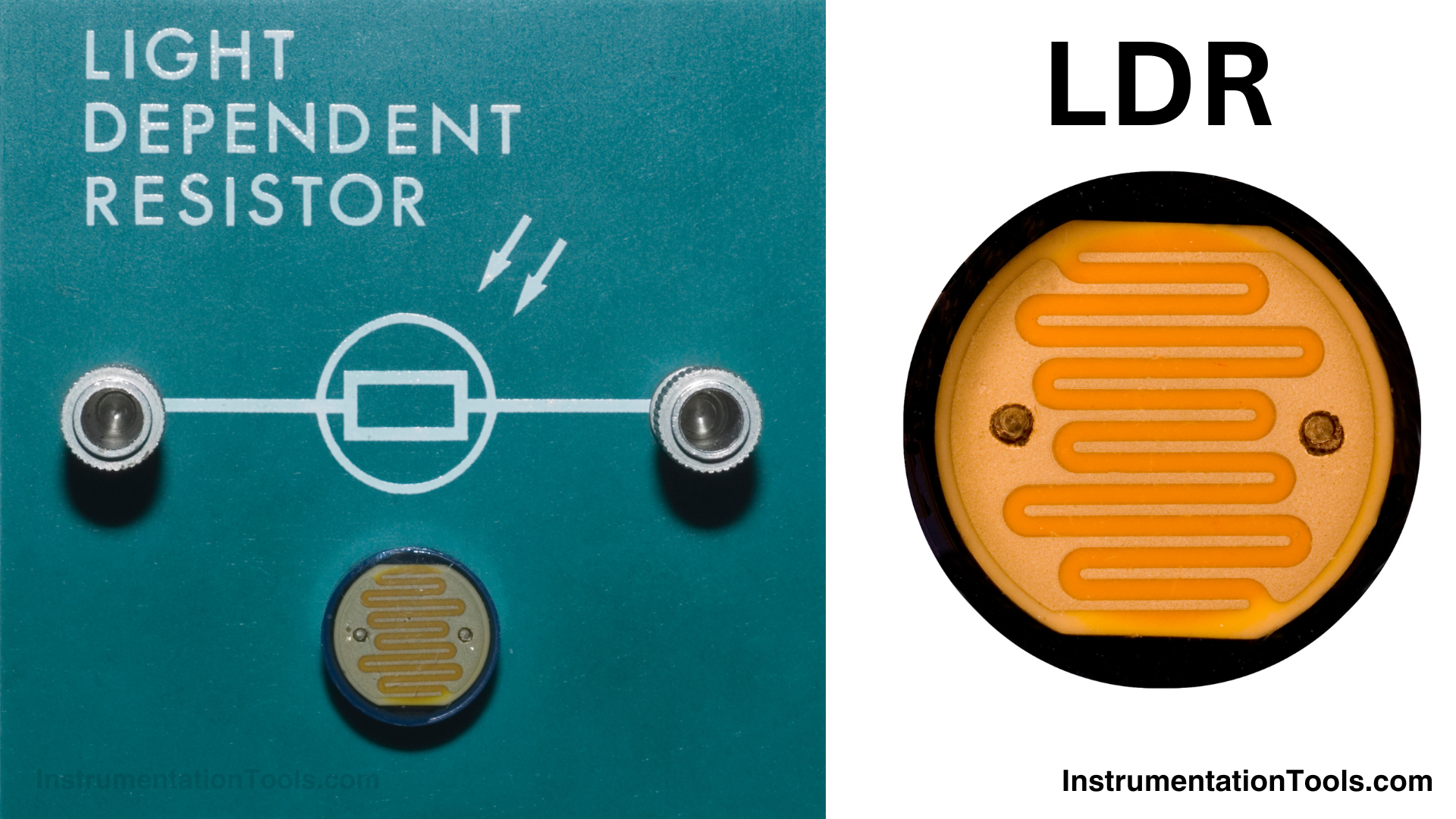
LDR works on the principle of photoconductivity. The theory fully works on excitement. This means, there are electrons present in the valence band of a semiconductor, which need to be moved to the conduction band to start conduction.
But they cannot go as simple as that, as they are depleted of charge. They need an external source of photons that will merge with it and move its charge to a higher level. This source here is light energy. Light contains photons due to which electrons will absorb this energy and start moving to the conduction band. This will increase conductivity.
So, low light means no conduction or high resistance; and more light means conduction or low resistance. Not all semiconductors take light as input and vary the resistance; special types are used.
Difference between LDR and Photodiode
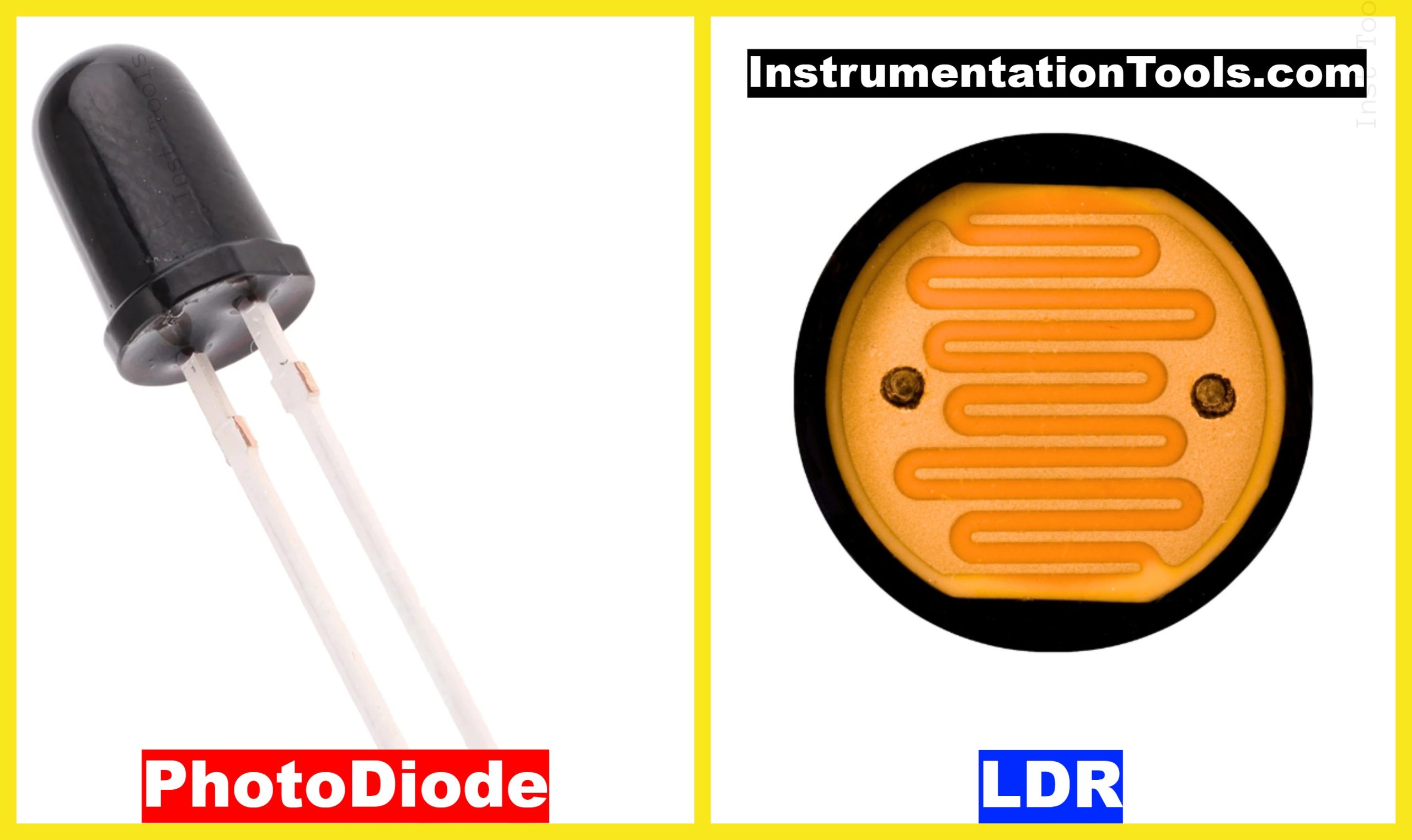
Both the devices completely differ in it’s motive. While LDR is used to measure change in resistance, a photodiode can produce electricity when it is exposed to light. LDR is thus used for detective applications, whereas photodiode is used for productive applications.
LDR uses materials like cadmium sulfide or cadmium selenide. Photodiode uses materials like silicon, germanium, or indium gallium arsenide.
The response time of the photodiode is faster than LDR.
A photodiode is also called a photo sensor or photodetector. LDR is also called a photoresistor or photocell.
As discussed earlier, a photodiode works in reverse bias conditions; whereas LDR can work in both the forward and reverse bias conditions.
LDR is cheaper in price than a photodiode.
LDR is majorly used in solar light detectors, automatic street lights, fire alarms, or burglar alarms; whereas photodiode is majorly used in solar panels and high-speed optical communication.
Comparison of Photodiode and LDR
| S.No. | LDR (Light Dependent Resistor) | Photodiode |
|---|---|---|
| 1 | LDR operates based on the principle that its resistance decreases with increasing light intensity. | Photodiode operates by generating a photocurrent when light is absorbed in the semiconductor material. |
| 2 | LDRs are passive components that do not generate current but change their resistance in response to light. | Photodiodes are active semiconductor devices that directly convert light into electrical current. |
| 3 | LDRs have relatively slow response times, making them suitable for applications where rapid changes in light are not critical. | Photodiodes offer fast response times, suitable for high-speed applications and light modulation detection. |
| 4 | LDRs are less sensitive and provide a broader range of light detection, making them ideal for general light sensing applications. | Photodiodes are highly sensitive and can detect low levels of light, making them ideal for precision light measurement. |
| 5 | LDRs do not require external biasing to function and can operate in a simple voltage divider circuit. | Photodiodes are typically used with reverse bias to increase their responsiveness and linearity of the photocurrent with light intensity. |
| 6 | LDRs are commonly used in light/dark sensors, automatic lighting control, and alarms. | Photodiodes are used in optical communication systems, photometers, and as part of the light detection mechanism in cameras. |
| 7 | LDRs exhibit a significant delay in response to changes in light conditions, which can be beneficial for filtering out fast fluctuations in ambient light. | Photodiodes can rapidly respond to light changes, making them suitable for applications requiring real-time light detection. |
| 8 | LDRs are generally more cost-effective and easier to implement in circuits for basic light sensing needs. | Photodiodes, while more complex and potentially costlier, offer precision and speed in applications requiring detailed light analysis. |
In this way, we saw the difference between LDR and photodiode.
For daily updates and to stay connected with our latest content, be sure to follow us on Facebook and Twitter.
To further expand your knowledge, we recommend checking out our next insightful articles.
Read Next:
- Types of Inductors
- Types of Potentiometers
- Light Emitting Diode Operation
- Special Purpose Diodes Questions
- Photodiode Variable Resistance Device
